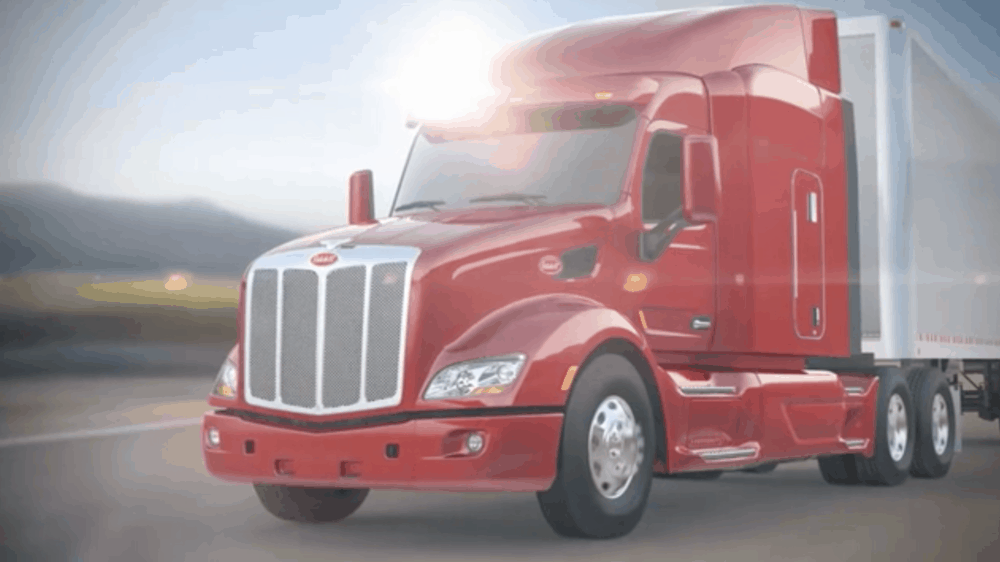
The major OEMs have multiple product offerings in the LNG/CNG space
The exhibition hall at the ACT Expo 2018 in Long Beach was stuffed with more vehicles than ever before, including electric buses, forklifts, sedans, SUVs, Sprinter vans, straight trucks, and even an all-electric Class 6 truck from Chinese automaker BYD. But the only battery-electric Class 8 on display was Thor’s now-familiar EV-One. As FreightWaves wrote earlier this week, the Tesla Semi was nowhere to be found. There were, however, several LNG (liquefied natural gas) and CNG (compressed natural gas) class 8 trucks manufactured by incumbent OEMs. Although natural gas-powered trucks have not received the same kind of public attention as battery-electric technology, it’s clear that the development of LNG and CNG trucks are well ahead of efforts to electrify Class 8 trucks.
Daimler, Kenworth, Peterbilt, and US Hybrid all displayed Class 8s powered by natural gas (the US Hybrid truck was a plug-in hybrid electric/LNG vehicle). Peterbilt, for example, has been building its aerodynamic 579 model with LNG power since 2015. The 579’s Cummins Westport ISX12 G engine complies with all EPA 2013 and CARB emission regulations and is available with ratings of 320-400 horsepower and 1,150-1,450 lb. foot of torque.
LNG trucks boast dramatically lower nitrogen oxide emissions, at levels around .2 NOx grams bhp/hour, while the most efficient diesel trucks, according to a 2015 Journal of Environmental Science and Technology study, emit more than 8 NOx grams bhp/hour. Nitrogen oxides are one of the primary categories of air pollution, making natural-gas powered heavy duty trucks about 19 times cleaner than their diesel cousins.
In a climate of rising diesel fuel prices (prices are up 43.5 cents year-over-year), natural gas, which has a lower and less volatile price, begins to look more attractive, especially to shippers with dedicated fleets who want to control their fuel spends. Liquefied natural gas prices have strengthened since September 2017, when it went for $4.02 per thousand cubic feet, to an average of $5.62 in February 2018. Still, those prices are well below the $10+ LNG brought on the international market between September 2009 and April 2015.
The first LNG/CNG trucks were produced in a period of extremely high diesel prices: ultra low sulfur diesel was above $4 per gallon from April 2011 through March of 2014. Since February 2016, diesel has been rising from its bottom at $1.98/gallon and is now well above $3/gallon. We may be entering a diesel pricing climate that spurs another round of activity in the LNG/CNG segment; apart from stringent Californian emissions standards, fuel price risk is on the verge of becoming a factor in the further adoption of natural gas powered transportation.
Stay up-to-date with the latest commentary and insights on FreightTech and the impact to the markets by subscribing.







